The history of samurai, the warriors of Japan
Oct 14, 2021
Introduction : Into the Samurai world
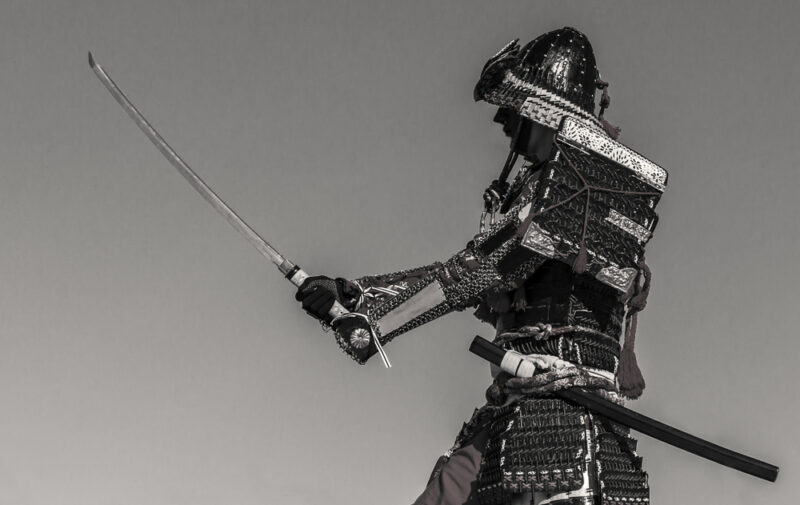
Samurai is an interesting and fascinating topic to talk about, especially for those who are interested in Japanese history. Samurai are indeed one of the most popular historical figures of Japan. It also is idolized by many children and portrayed as heroes in many movies.
Samurai were the warriors of premodern Japan, and they were the ruling military class, who eventually became the highest-ranking social caste of the Edo period (1603-1867). Samurai lived their lives according to the ethic code of bushido (武士道, the way of the warrior), which emphasizes on loyalty, self-discipline, respectful, and ethical behaviors.
Although samurai used weapons like arrows, spears, or guns, the main weapon was the sword, which eventually became the symbol of samurai.
The history of Samurai : since the Heian period till the Edo period
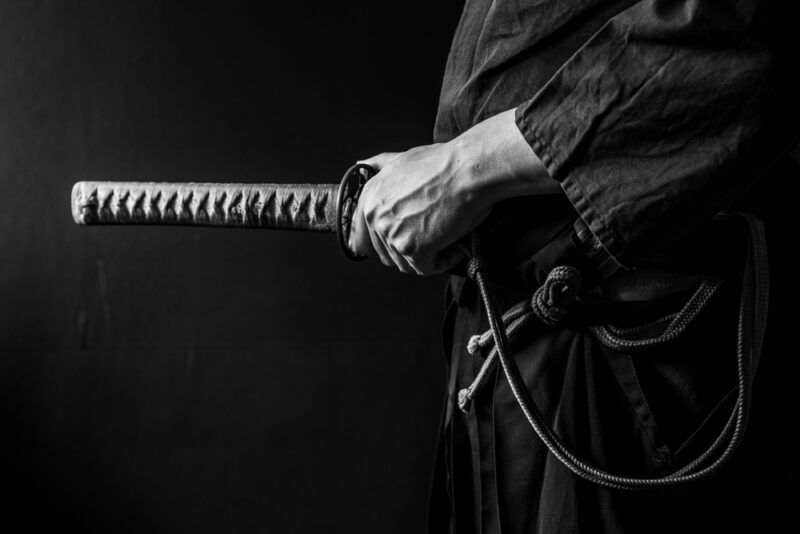
Samurai originated in the Heian Period, when warriors were hired by wealthy landowners to build armies for land protections. The two most powerful landowners at the time were Minamoto and Taira, who battled each other for supremacy over the entire country. The Minamoto clan won the battle and set up a new military government in 1192, and ever since then, the samurai ruled over Japan for the next 700 years.
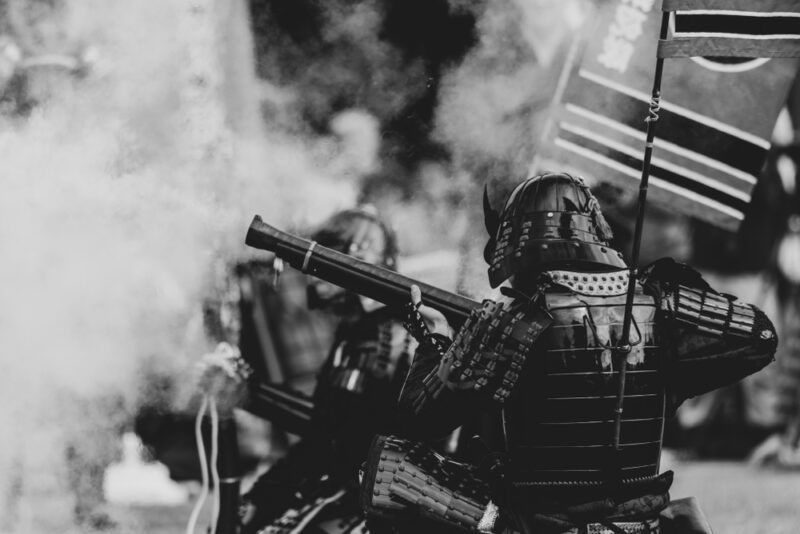
The demand for warriors increased dramatically during the civil war era in the 15th and 16th centuries, when Japan was splintered into dozens of independent states until it reunited in the late 1500s. Samurai placed at the top of the social caste system in the Edo period, followed by the farmers, artisans, and merchants. Samurai warriors were forced to live in castle towns, and they were the only ones allowed to own and carry swords in public.
The history of Samurai : Related of Samurai with Zen Buddhism
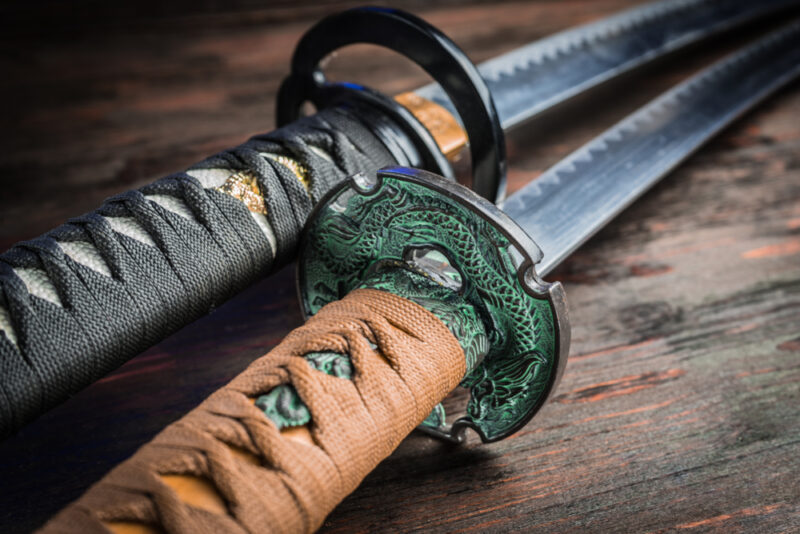
Samurai were heavily influenced by Zen Buddhism, especially since they lived in an era where death was an everyday occurrence. They knew that every day might be their last. Therefore, Zen meditation calmed their mind and gave them philosophical strength to deal with their inescapable deaths. Samurai embrace their deaths, and they are prepared to give up their lives to protect their masters at all costs.
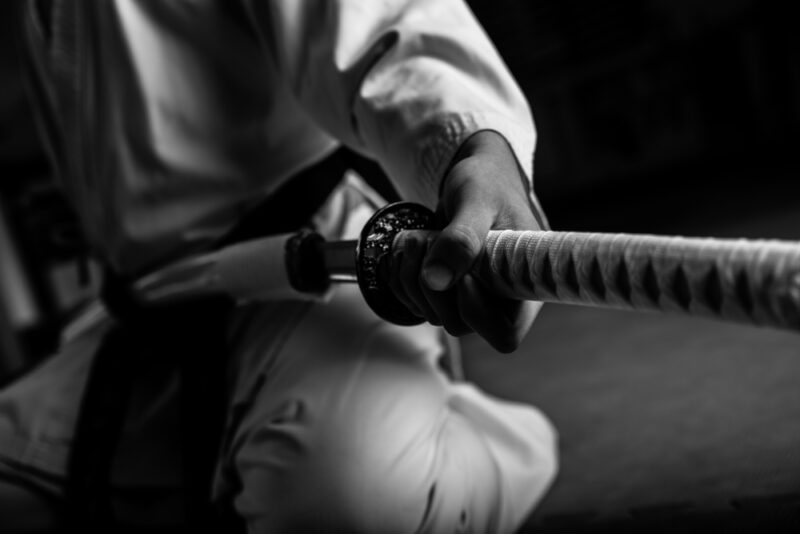
In addition to Zen meditation, samurai also practiced tea ceremony, calligraphy, poetry (haiku), and painting to balance their combat skills and learning skills.
Because of that, samurai were not only known as skillful warriors, but they were also known to be highly cultured and literate. With those educations, samurai eventually had the power to dominate the government since Taira Kiyomori established the first samurai-lead government in 1168. The next samurai to lead Japan was Minamoto Yorimoto. He received the title of shogun and gained the rule of Japan in 1192.
The Samurai heritage
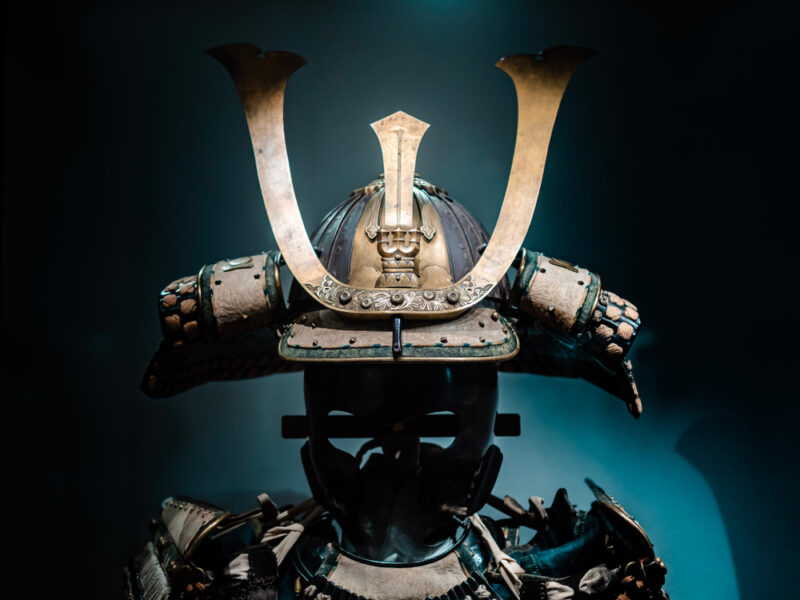
These days, samurai-related attractions can be found across Japan in the form of castles, samurai districts and residences, museums, and historically-themed amusement parks.
Some of the famous preserved samurai districts are
-
- Kakunodate Samurai District in Akita Prefecture
- Nagamachi District in Ishikawa Prefecture
- Aizu Bukeyashiki in Fukushima Prefecture
That’s all you can visit when traveling in Japan.
Read more articles
- Things you need to know about Honne and Tatemae
- Things you need to know about Giri and Ninjo
- The complicated culture of suicide in Japan






